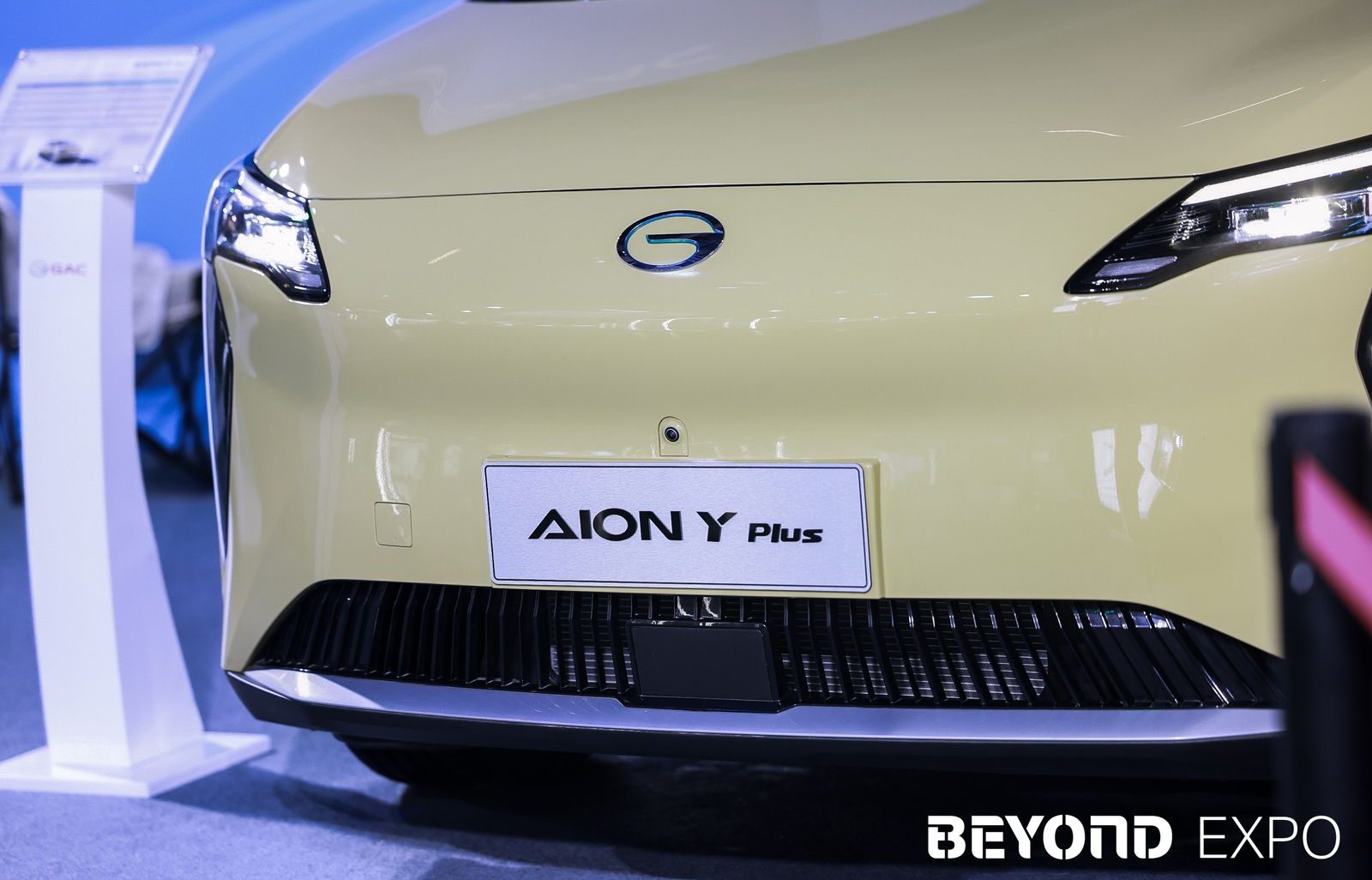Distributed energy resources such as residential solar panels and electric vehicle batteries could play a bigger role in addressing climate change, as China hopes to achieve carbon peak by 2030 and carbon neutral by 2060, renowned academics and industry veterans said on Friday.
The comments come as global climate finance has been stuck in a slow growth gear for several years, reflecting investors’ relatively low sentiment and gloomy prospects. “A lot of climate technologies are sitting in a laboratory somewhere and haven’t found a pathway to market,” Alexander Bent, managing partner at investment firm Undivided Ventures, said on Friday at the BEYOND EXPO 2024 tech conference in Macao.
Around $1.3 trillion was invested in the energy transition globally in 2021/2022, while the annual climate finance needed through 2030 has been increasing steadily from $8.1 to $9 trillion, according to estimates by the Climate Policy Initiative (CPI). “This means that climate finance must increase by at least five-fold annually, as quickly as possible, to avoid the worst impact of climate change,” wrote the non-profit organization in a November report.
Experts emphasized that more joint efforts are needed to enhance investment activities aligning with a global net zero outlook and to step up the development of clean energy and climate tech amid rising uncertainty due to geopolitical issues. Here are some of the highlights from speakers on Friday at the event’s ClimateTech Summit co-hosted by the Rocky Mountain Institute (RMI), a Colorado-based non-profit group focused on the transition to clean energy.
Distributed energy resources
The stark reality is that among all the emerging climate technologies that have the potential to enable a clean energy transition, less than half of them have been put to use at scale. “Most of the promising technologies for emission reductions or others are still in early stages,” said Lyu Lanchun, dean assistant of Sichuan Energy Internet Research Institute of Tsinghua University.
And yet, some of them have shown big potential for climate change mitigation. “Electric vehicles are usually powered by large battery packs which can actually act as an energy storage medium, and the volume is immeasurable,” Tian Yu, deputy general manager of China National Energy (Beijing) Technology Co., Ltd, told the audience.
Distributed solar power, which usually refers to solar panels installed on the roofs of homes, are tipped to become another major source of renewable energy in China. “We calculated something like if we install solar photovoltaic (PV) panels on all the available land and roofs in the Yanqing district of Beijing, it is possible to meet the energy demand for the entire city,” said Zhang Haoran, head of the Smart City Laboratory of Peking University.
In fact, an integrated solution comprising solar panels and EV batteries could be ideal for families looking to power their mode of transport by their own renewable energy source. People will be able to charge their electric cars with solar energy, “a safe, reliable, and cost-wise [affordable solution],” said Wan Xiaojun, a director of EVPS Anhui Co., Ltd, a Chinese lithium-ion power battery maker.
Collaboration or contradiction?
Despite a promising outlook, Chinese battery makers are facing challenges in growing their sales overseas. The European Union last year approved its Carbon Border Adjustment Mechanism (CBAM), which will impose as much as 35% tariffs on imports of high-carbon goods based on the carbon dioxide emissions embedded in their production starting 2026. Wan called for more efforts to be made to launch a globally-recognized standard for measuring the carbon footprint.
“The launch of the carbon trading mechanism and various carbon emission pricing rules, such as the CBAM and the new EU battery regulation, are actually a form of international dialogue,” said Jie Yu, dean of Institute of Natural Carbon Sink (Qingdao). In this context, alignment with global standards is crucial. Yu also mentioned China’s National Climate Center is establishing a database for calculating the carbon footprint of batteries, which could help in negotiation or collaboration with other countries.










